Why Universal Design for Your Home?
Why Universal Design Should Be Considered for Every Interior Design Project
In the realm of interior design, the concept of universal design is gaining momentum, and for good reason. Universal design ensures that spaces are accessible and functional for everyone, regardless of age, ability, or circumstance. As an interior designer who values holistic design, I believe that incorporating universal design principles into every project is not just a trend but a necessity. This approach not only enhances the usability of spaces but also promotes inclusivity and sustainability. Here, we’ll delve into why universal design should be the cornerstone of every interior design project, with practical examples and considerations.
The Fundamentals of Universal Design
Universal design, sometimes referred to as accessible design, is about creating environments that are usable by all people, to the greatest extent possible, without the need for adaptation or specialized design. This concept transcends the notion of merely accommodating disabilities; it’s about creating spaces that are functional and welcoming for everyone.
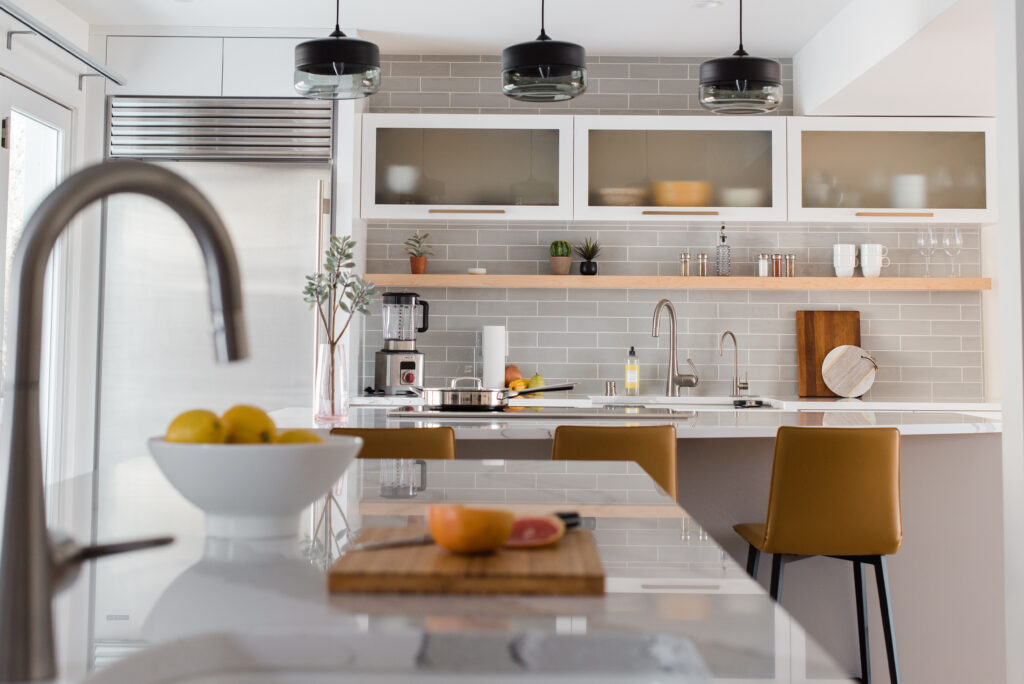
Practical Applications of Universal Design
1. Levers and Pulls vs. Knobs
One of the simplest yet most impactful changes you can make is opting for levers and pulls instead of traditional knobs. As we age, our grip strength diminishes, making it challenging to use standard knobs. But it’s not just about aging; consider the implications of having a broken arm or any other temporary impairment. Levers and pulls require less dexterity and are easier to use for everyone.
2. Contrast Between Floors and Walls
Vision can deteriorate over time, making it difficult to discern subtle differences in color. High contrast between floors and walls helps in defining spaces clearly, reducing the risk of trips and falls. This principle is beneficial for people who may lose their glasses or have low vision, ensuring that their environment remains navigable and safe.
3. Aesthetically Pleasing Grab Bars
Grab bars are often associated with clinical environments, but they don’t have to be. Today, there are many aesthetically pleasing options that blend seamlessly into residential designs. These grab bars are not only vital for aging individuals or those with impairments but are also beneficial for anyone recovering from surgery or who might experience temporary loss of balance.
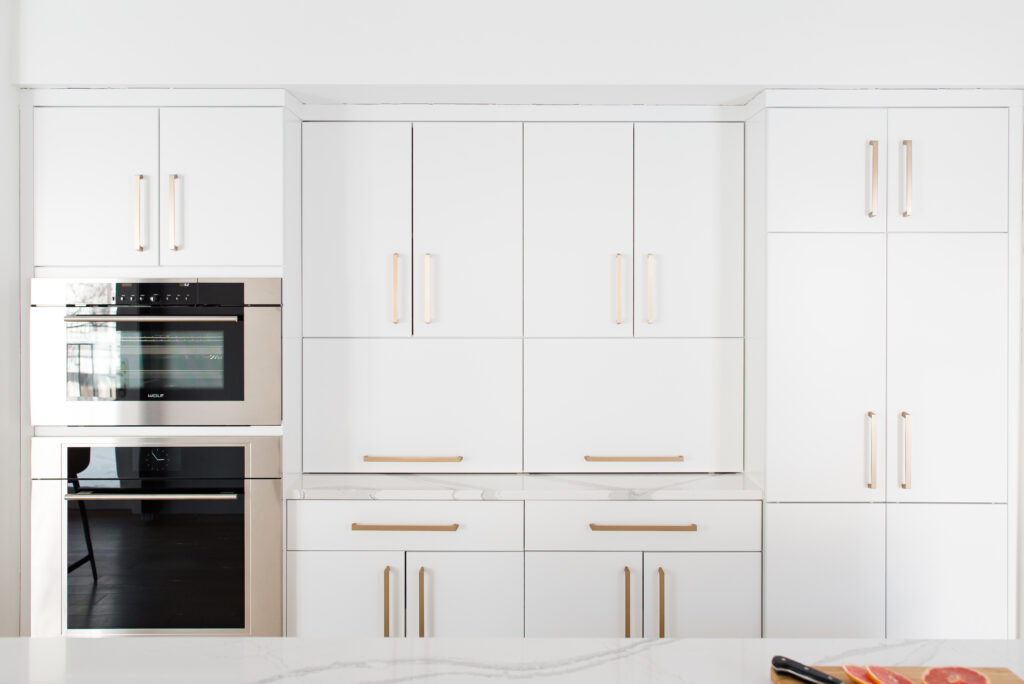
Mental Health and Universal Design
Interior design impacts more than just physical accessibility; it also affects mental well-being. Consider these aspects:
1. Noise Absorption
High levels of noise can be stressful, particularly for neurodivergent individuals or those under a lot of stress. Incorporating noise-absorbing materials and design elements can create a more peaceful and calming environment. This might include acoustic panels, carpets, and curtains that reduce echo and absorb sound.
2. Lighting
Good lighting design is crucial. It should be adaptable to various needs—bright enough for tasks but also dimmable for relaxation. Consider layering lighting to include ambient, task, and accent lighting. Natural light is also important for mental health, so maximizing windows and using reflective surfaces to bounce light can make a significant difference.
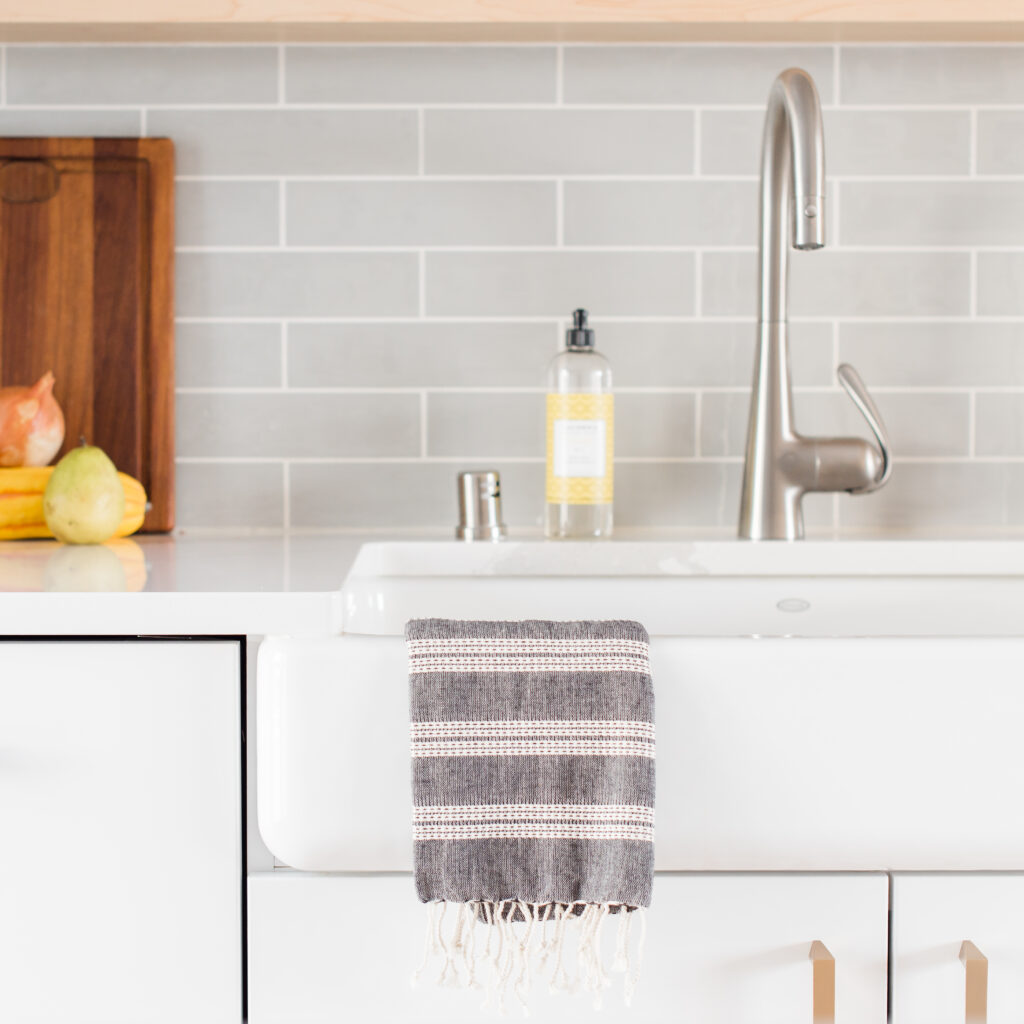
Why Every Interior Designer Should Consider Universal Design
1. Future-Proofing Homes
Incorporating universal design elements ensures that a home remains functional as its inhabitants’ needs change over time. This future-proofing approach saves clients from costly renovations down the line.
2. Broadening Market Appeal
A home designed with universal design principles appeals to a broader range of potential buyers. This inclusivity can be a significant selling point, especially in an aging population.
3. Enhancing Quality of Life
Ultimately, universal design enhances the quality of life for everyone. It makes homes safer, more comfortable, and more enjoyable to live in. This holistic approach aligns perfectly with the principles of intentional design, ensuring that every choice contributes to the overall well-being of the occupants.

Examples of Universal Design in Action
Let’s look at some real-world examples where universal design has made a significant impact:
Kitchen Design
A universally designed kitchen might include pull-out shelves, which make it easier to access items without bending or reaching. Appliances could be installed at accessible heights, and touch or voice-activated controls can be used for convenience.
Bathroom Design
In the bathroom, walk-in showers with no thresholds prevent trips and falls. Non-slip flooring, strategically placed grab bars, and handheld showerheads make the space safe and functional for everyone.
Living Spaces
Living areas can benefit from furniture with rounded edges to prevent injury and ample space between pieces for easy navigation. Adjustable-height tables and chairs can accommodate various needs, from children to adults to wheelchair users.

The Mental Health Connection
Holistic design doesn’t stop at physical comfort. Universal design principles also promote mental well-being. Spaces designed with care can reduce anxiety and stress, enhance mood, and foster a sense of safety and independence.
Sensory Rooms
Creating sensory rooms with tactile surfaces, soothing colors, and calming sounds can provide a sanctuary for neurodivergent individuals. These spaces can help regulate sensory input and provide a retreat from overstimulation.
Therapeutic Gardens
Outdoor spaces designed with universal principles can include therapeutic gardens. These gardens use a variety of plants and textures to engage the senses and provide a peaceful retreat. Accessible pathways ensure that everyone can enjoy the space.
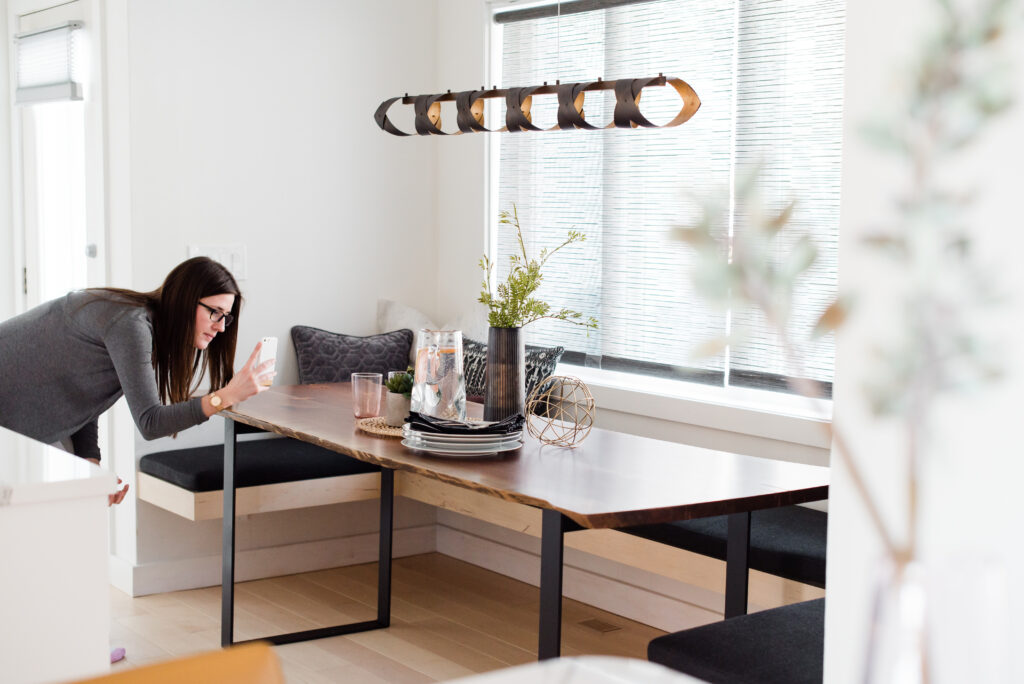
Next Steps
Feeling overwhelmed with the idea of remodeling your home to be more inclusive and functional? Download my FREE comprehensive guide on where to start with remodeling. This guide will provide you with step-by-step instructions and essential tips to create a space that meets your needs now and in the future.
Ready to take the next step? Book a complimentary 30-minute consultation with me. Together, we’ll clarify your project goals and determine the best services to match your vision. Click here to schedule your consultation today!
In conclusion, universal design is not just a trend; it’s a thoughtful, inclusive approach that enhances the usability, safety, and beauty of our spaces. By considering these principles in every interior design project, we create environments that are welcoming and functional for all. Whether you’re planning a complete remodel or just looking to make a few changes, incorporating universal design will ensure that your home is a true sanctuary for everyone who enters.
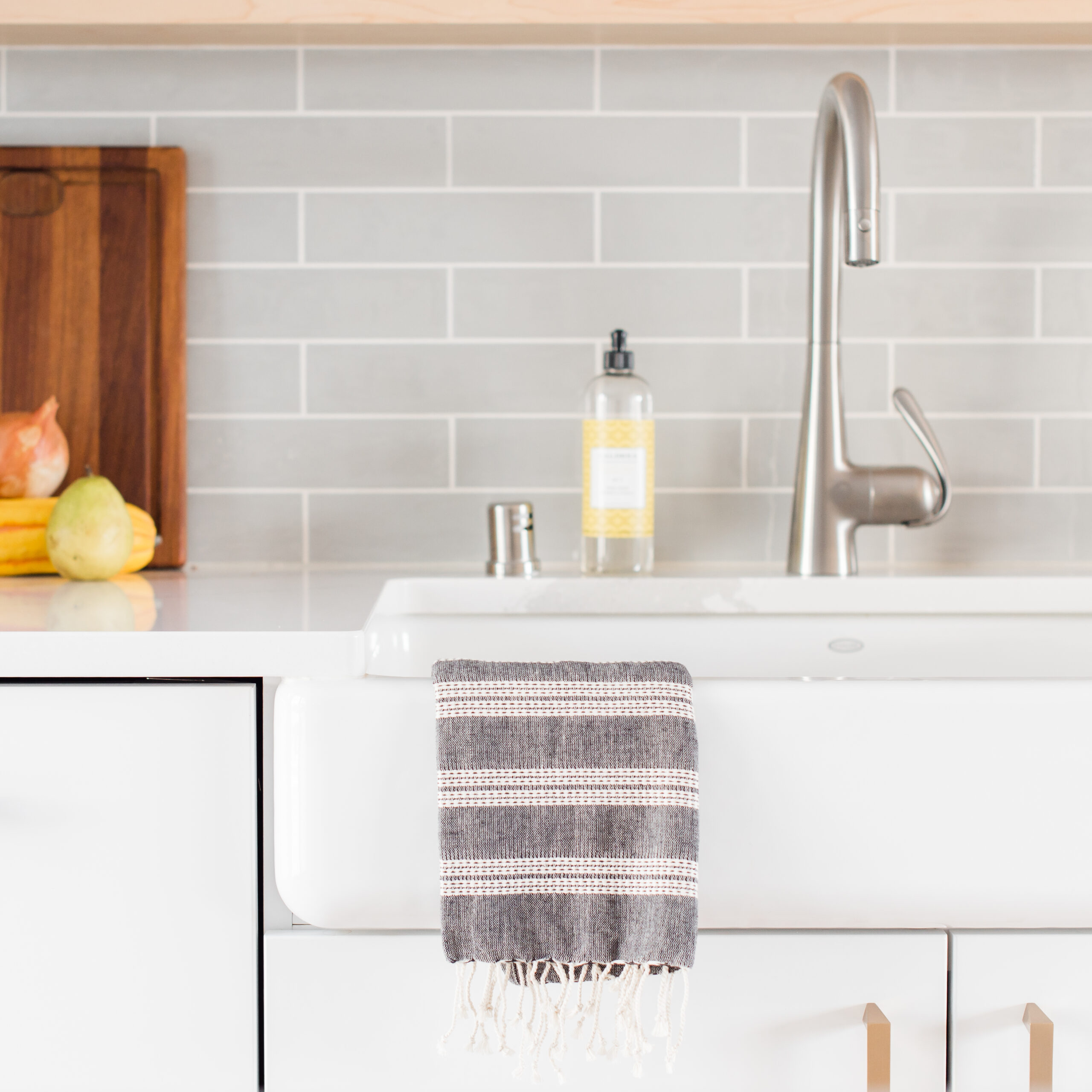
from the blog